Dogs are one of the most common and beloved animal companions out there. Who could resist those puppy dog eyes? And in case you’re a dog parent, of course, you have to look after their health. These tips and tricks will help ensure that your canine friend has a healthy bark and a healthy bite!
Here are a few dos and don’ts for your doggie’s dental health.
DO BRUSH THEIR TEETH
Despite this being such a common practice among humans, many people tend to forget that dogs need to have their teeth brushed regularly as well!
According to a 2020 article released by the Grand Valley Animal Hospital, it is important to incorporate daily brushing into their routine. If you have a hard time doing it the first time, fret not! Try to be consistent with it so that your animal companion will begin to expect it. Although a tad difficult at first, with consistency and care, it will become a habit in no time.
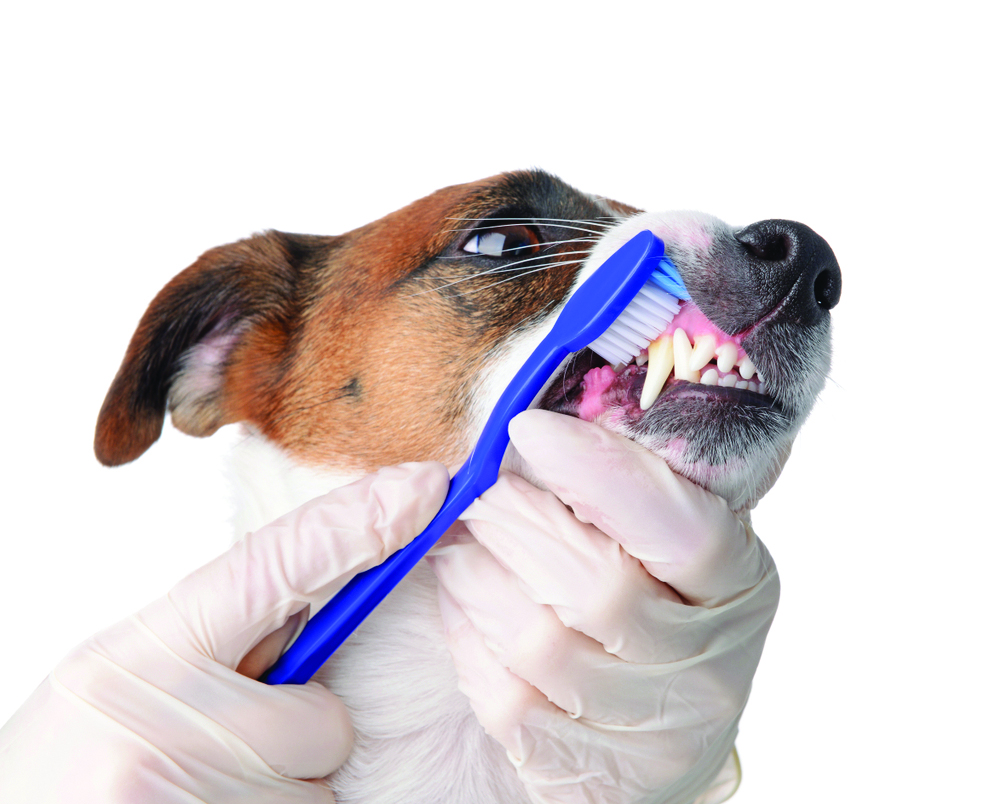
If 7 days a week is too difficult for you to handle, try aiming for three to four days a week. Your fluffy friend’s health is worth the while!
DON’T IGNORE BAD BREATH
Though some people believe that bad breath is a natural part of a dog’s life, it’s actually a pretty big warning sign that should definitely be looked into. Of course, their breath doesn’t necessarily have to smell “good” all the time, but intense bad breath could actually be a sign of infected dental tissue.
According to an article provided by the Prestige Animal Hospital, infection in the mouth can lead to progressive dental disease. For the sake of your dog’s teeth, not to mention your nose, don’t hesitate to take them to a local vet. Always do your best to be proactive when it comes to their health!
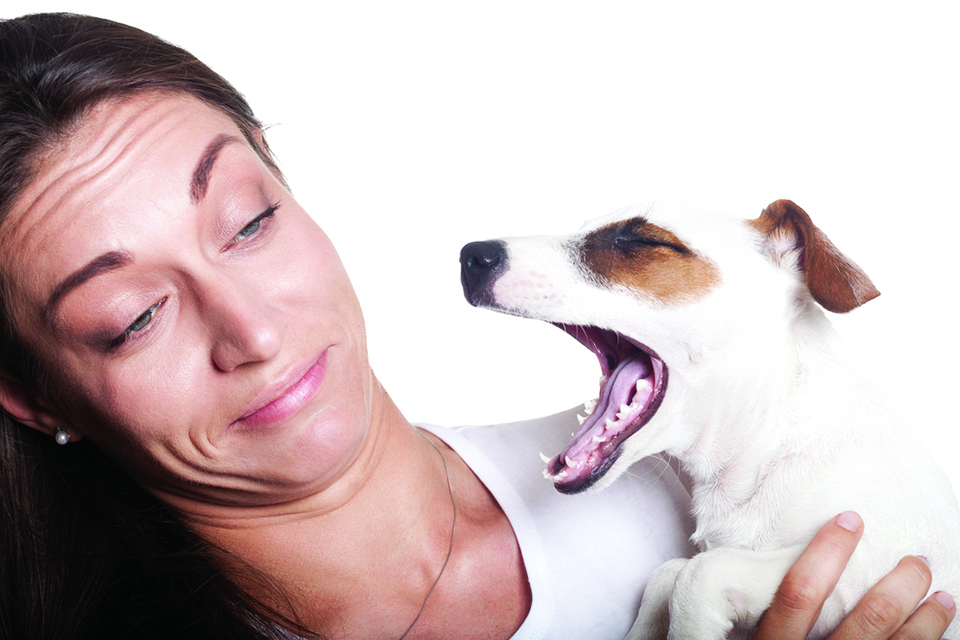
Bad breath isn’t “natural” in dogs! It may be a sign of infection in the mouth.
DO INCORPORATEDENTAL-FRIENDLY TREATS
When it comes to their food, there are many different options for tooth-friendly treats! Though this doesn’t replace regular brushing, it’s still a good way to keep your dog’s teeth nice and healthy.
In a study done by Lindsey Gallagher of the Rutgers University Department of Biology published in 2014, the use of dental treats as well as regular brushing reduced the amount of bacteria in the dog’s mouth by an average of 70%. That’s a huge difference!
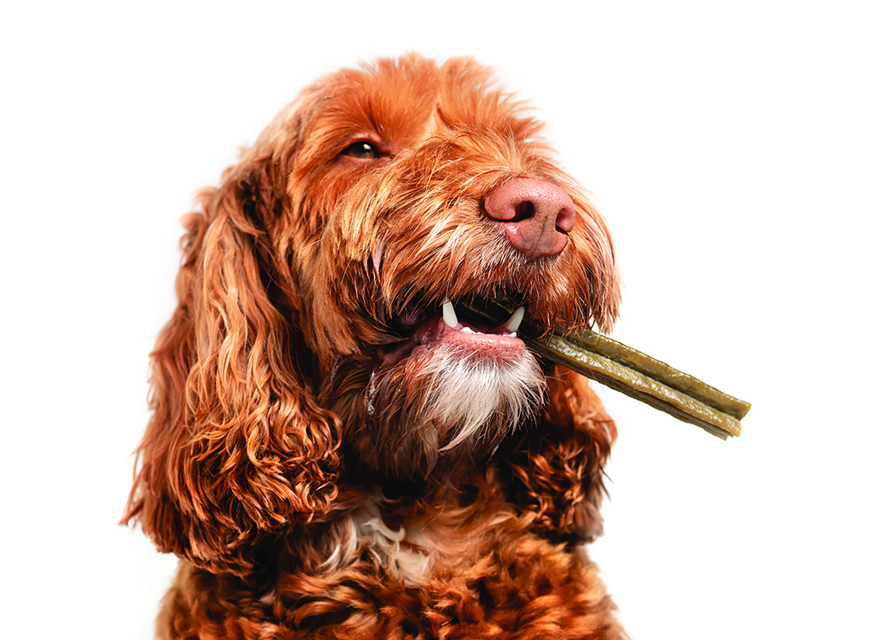
Dental treats are great! But please don’t use them as a substitute for regular dental care.
DON’T USE HUMAN TOOTHPASTE
You can’t use just any toothpaste on your dog! Make sure that you select one made especially for canines, which usually don’t include alcohol and xylitol, which can be toxic to your furry friend. There are many different flavors to choose from, but a canine would likely prefer a meatier flavored toothpaste, for one.
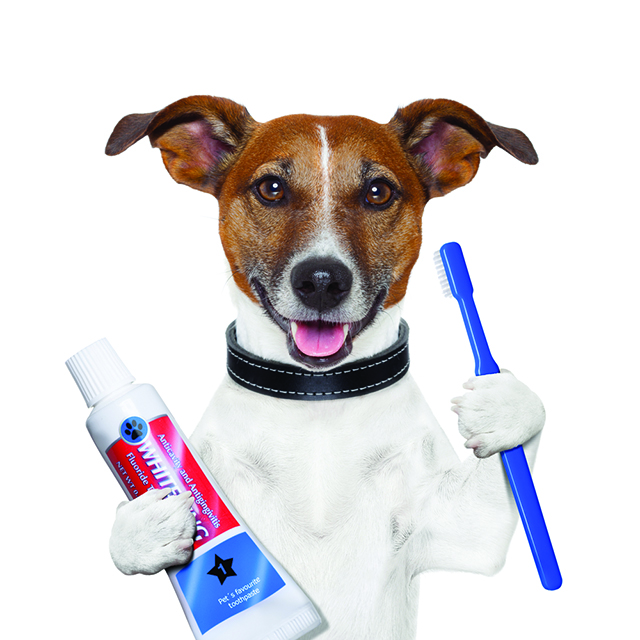
Xylitol, which is often present in toothpaste made for humans, can cause hypoglycemia in a dog and even liver damage. For canines, always use toothpaste meant for dogs.
DO CHECK ON THEIR GUMS
It is very important to inspect your dog’s mouth every once in a while. Some people decide to check on their teeth alone for brown plaque, but it is just as crucial to check on their gums as well. Healthy dog gums are pink, while infected dog gums are red, white, or just plain swollen.
As a human, I know firsthand how painful it is to have infected gums. We wouldn’t want our animal companion to suffer the same fate, would we?
In an article written by Fetch, WebMD’s animal counterpart, it is said that dogs don’t show telltale signs of pain, so something as serious as gum disease or tooth decay could go unnoticed for a long time. What’s important to look for is increased irritability as well as refusal to eat.
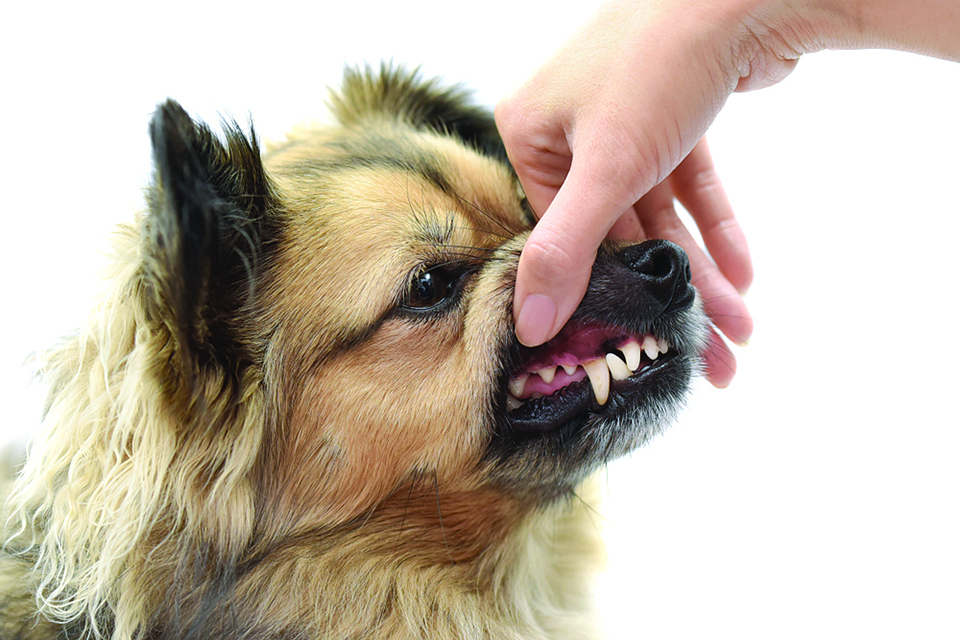
Oral health means healthy teeth and gums! Check your canine friend’s gums for signs of swelling and infection.







